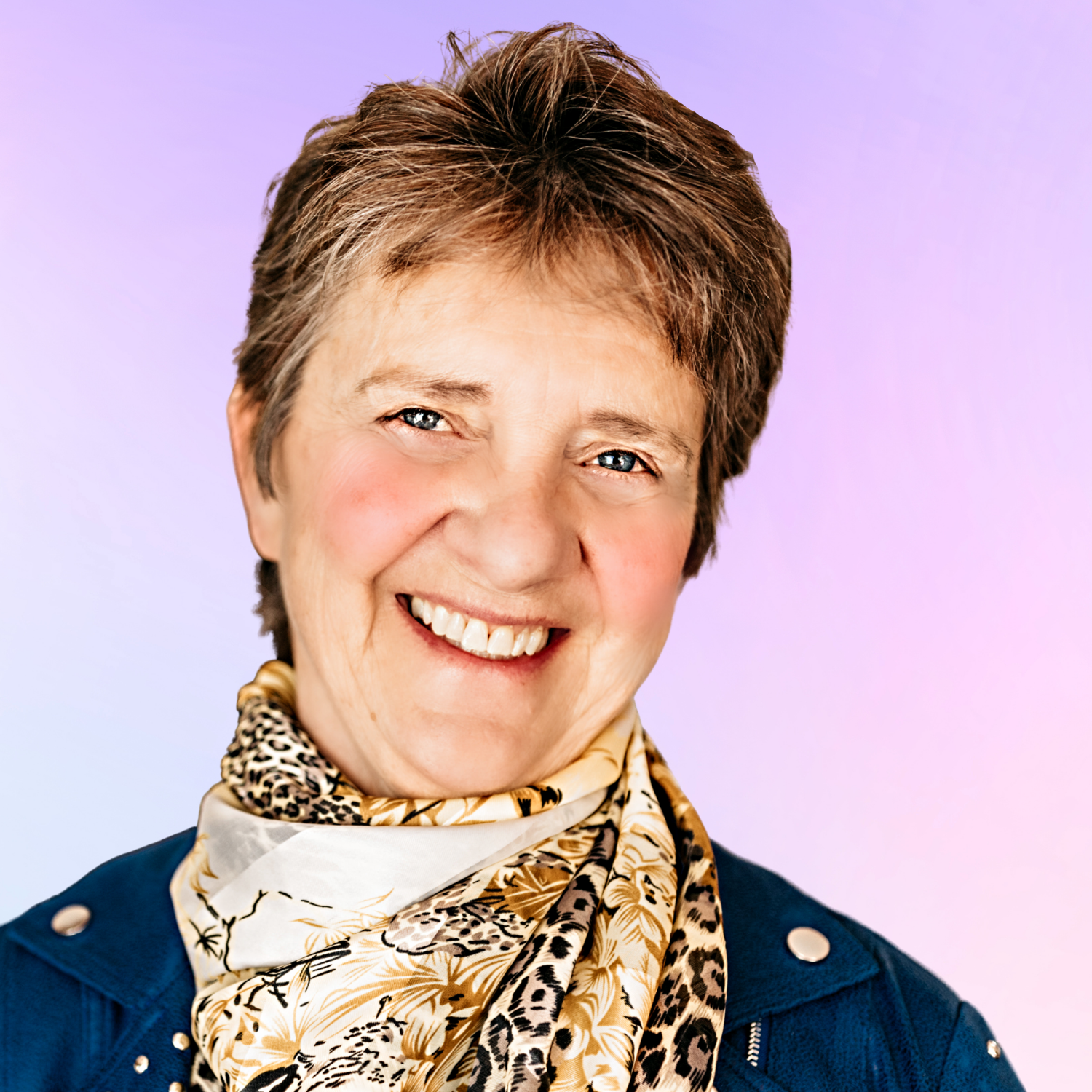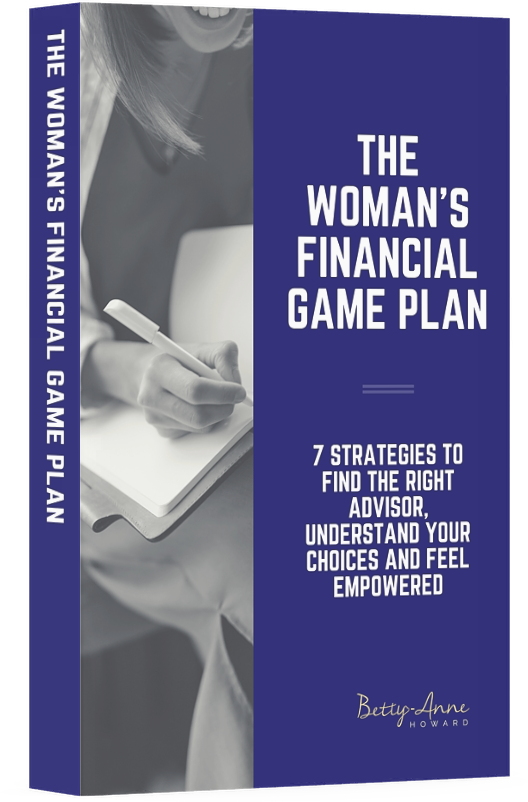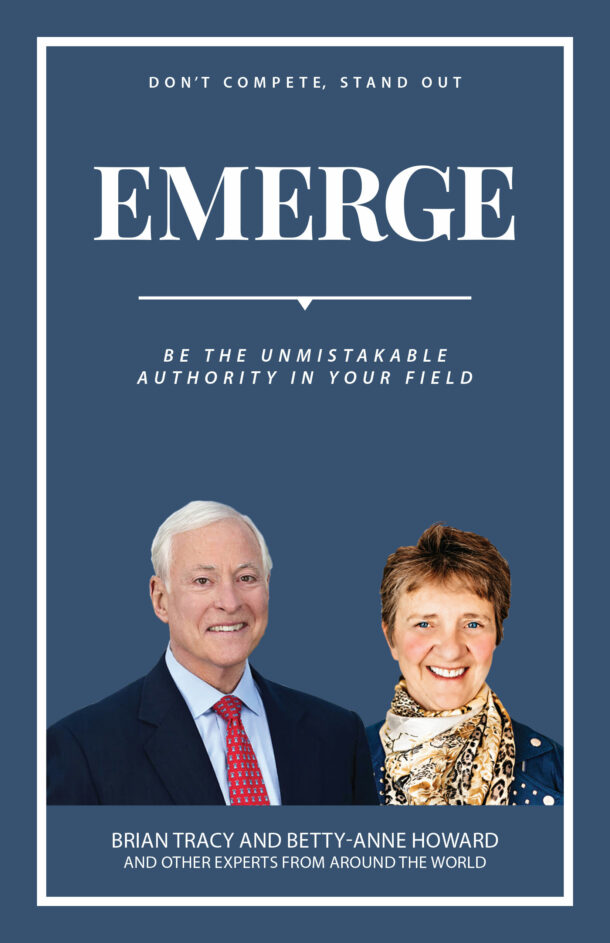
It’s no wonder so many people put off thinking about it altogether: they only associate their legacy, their gift planning, and their will with after you die.
The truth is, leaving a legacy starts with your time on earth and the steps you take to make sure your legacy is intentional.
September marks Leave a Legacy™ month, and it’s as important of a time as ever to talk about your legacy not only after you die, but while you’re living, too.
Leave a Legacy™ Month
Leave a Legacy is a program of the Canadian Association of Gift Planners (CAGP) that was established in the United States by the Central Ohio Planners then licensed to CAGP in Canada.
At first, it was generously supported by major sponsors, and today, local CAGP Chapters deliver the program. Each of these programs is distinctly organized and functions to serve its community’s unique needs.
Click here to find the local CAGP Chapter in your area.
That being said, they all function with a common goal of encouraging people to leave a gift through their will or another planned giving vehicle to a charity or cause that’s meaningful to them.
(Click here to see the charitable causes important to me)
Numerous charitable organizations, financial institutions and organizations, foundations, media, and other local funders support the program.
Will Power
The program also gets support from other legacy giving programs, including Will Power. As Canada’s Legacy Giving Program, Will Power’s theme focuses on an untapped resource for charity funding: gifts in wills.
Shocking research from 2019 shows that only about 5% of Canadians leave gifts to charities in their wills. And this number hasn’t changed much in the past fifteen years!
Just imagine what increasing this number could do for Canadian charities. CAGP’s goal is to get this number to 8.5% by 2030, which would mean $40 billion dollars to charity.
Those are pretty powerful numbers.
Now, for more jaw-dropping statistics: over half of Canadians don’t even have a will in the first place!
Talk about a fear of thinking about our mortality! With so many people associating leaving a will or imagining their legacy only with what happens after you die, they put off planning for this altogether.
Unfortunately, it’s often until it’s too late and their legacy is left out of their control.
Your legacy isn’t just after you die
Of course, it might seem scary at first to think about what happens after we die, including where our money goes.
But isn’t it even scarier to think of what happens if we DON’T plan?
We surrender control of our legacy when we don’t actively plan for it.
I recently interviewed Codi Shewan, author of ‘Everyday Legacy: Lessons for Living with Purpose Right Now.’ During our conversation, he touched on what so many people fail to see about their legacy: it’s something we can live every day.
“I realize everything I had ever associated with the word was that legacy comes after. And that is just something that’s there and so often I think we lose sight of this idea that we can actually impact our legacy. It’s not a by-product of who we are. It is actually something we are in control of. So we can be in control of the legacy we leave – that was my first thought about it. Then I thought well…forget that! Why not realize the depth and breadth of our impact while we’re still here. And so that’s where the idea of everyday legacy sort of came from.”
An association with “after you die” is only one of the barriers to imagining your legacy. Click here to read about the others.
Taking the next step
Of course, it’s always easier said than done to take that next step. But if you’re feeling that pull within you to start imagining your legacy, gift planning, and creating your will, you don’t need to take these steps alone.
In my 20+ years as a financial planner, I have met so many people who want to be philanthropic but faced certain barriers (often that were only in their head!) to doing so. I will help you bust past these barriers and create the life–and legacy–you’ve always dreamed of.
And remember, this doesn’t just apply to people past retirement age. Young people can start taking the steps toward financial literacy and estate planning today too. Here’s how.
Are you ready to learn more about why leaving a legacy doesn’t just mean after you die and how you can start living your legacy each day? Let’s talk.
In the meantime, here are three more articles you might also enjoy:
Have you thought about what you want your legacy to be?
Who do you want to benefit from your money when you are no longer here?
How Values Shape Our Legacy: Key Insights






0 Comments